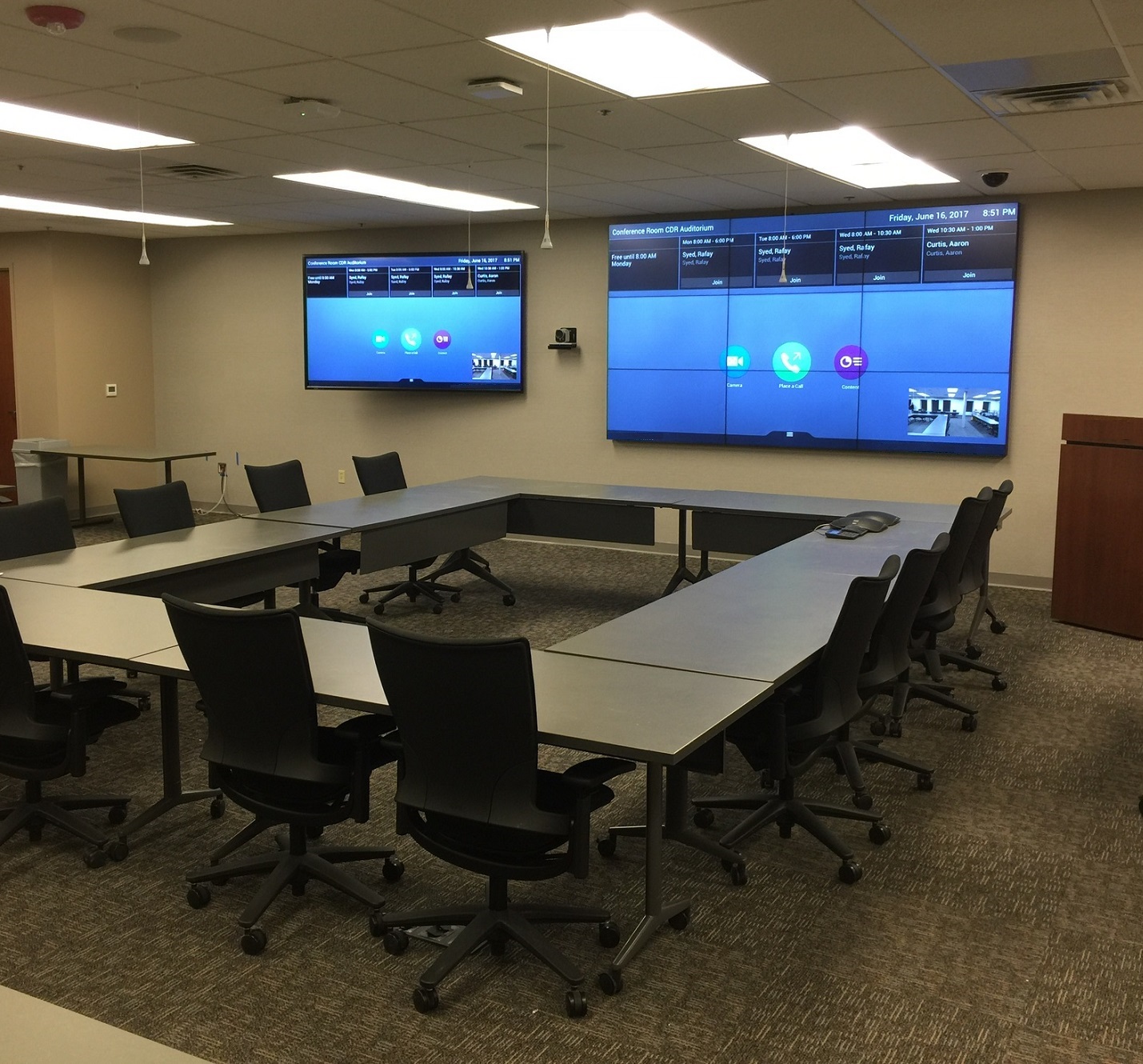Understand How Professionals Select the Ideal Surveillance System to Fulfill Your Safety Requirements
Understand How Professionals Select the Ideal Surveillance System to Fulfill Your Safety Requirements
Blog Article
As it pertains to ensuring protection and security, choosing the appropriate CCTV setup is essential. Closed-circuit television (CCTV) systems are commonly used for surveillance in various environments, such as homes, businesses, and public spaces. These systems assist monitor activities, deter crime, and provide valuable proof in case of incidents. Understanding the different elements and characteristics of CCTV systems can help individuals and organizations formulate knowledgeable decisions that most satisfy their safeguarding requirements.
One of the initial factors when selecting a CCTV setup is the type of surveillance devices required. There are several types of cameras on the market, including dome devices, projectile cameras, and PTZ (pan-tilt-zoom) cameras. Bulb devices are often employed for interior monitoring due to their subtle appearance, while projectile cameras are more visible and are typically used outdoors. PTZ cameras provide the capability to magnify in on particular locations and can be operated remotely. Assessing the specific surroundings and the locations that require monitoring will help determine which type of device is most suitable.
Another important consideration to consider is the resolution of the devices. Increased clarity cameras offer sharper images, which can be critical for identifying individuals or details in a scene. Typical resolutions include basic definition (SD), high resolution (HD), and ultra-high resolution (UHD). Although increased clarity devices may come at a increased price, they can considerably enhance the effectiveness of a monitoring setup. It is also important to take into account the illumination circumstances in the area being observed, as some cameras are more equipped to handle low-light conditions than others.
Recording options are also a key component of CCTV systems. Footage recordings can consume up a significant amount of space, so it is crucial to choose a system with sufficient storage capacity. Many security camera installation for businesses setups provide online options, which enables for off-site access to recordings and can offer additional security in case of burglary or damage to the tangible device. Alternatively, on-site storage, such as electronic video devices (DVRs) or internet video recorders (NVRs), can be employed. Understanding the storage requirements based on the number of cameras and the required holding period for footage is crucial for effective surveillance.
Lastly, the setup and maintenance of the CCTV system should not be ignored. Expert setup can ensure that cameras are positioned in ideal locations for best coverage. Additionally, routine maintenance is necessary to maintain the system operating effectively. This includes checking device angles, wiping lenses, and making sure that software is up to date. Some setups also provide off-site monitoring capabilities, enabling operators to access real-time recordings from their mobile devices or computers. This feature can offer reassurance and enhance the overall effectiveness of the safeguarding system.
In conclusion, selecting the ideal CCTV system involves thoughtful consideration of various factors, including camera types, clarity, capacity choices, and setup. By understanding these components, individuals and entities can select a setup that effectively satisfies their security requirements. A well-planned CCTV setup not only assists discourage criminal activity but also provides valuable evidence when necessary, rendering it an important expenditure for protection and safeguarding.